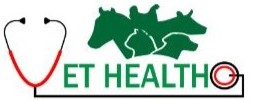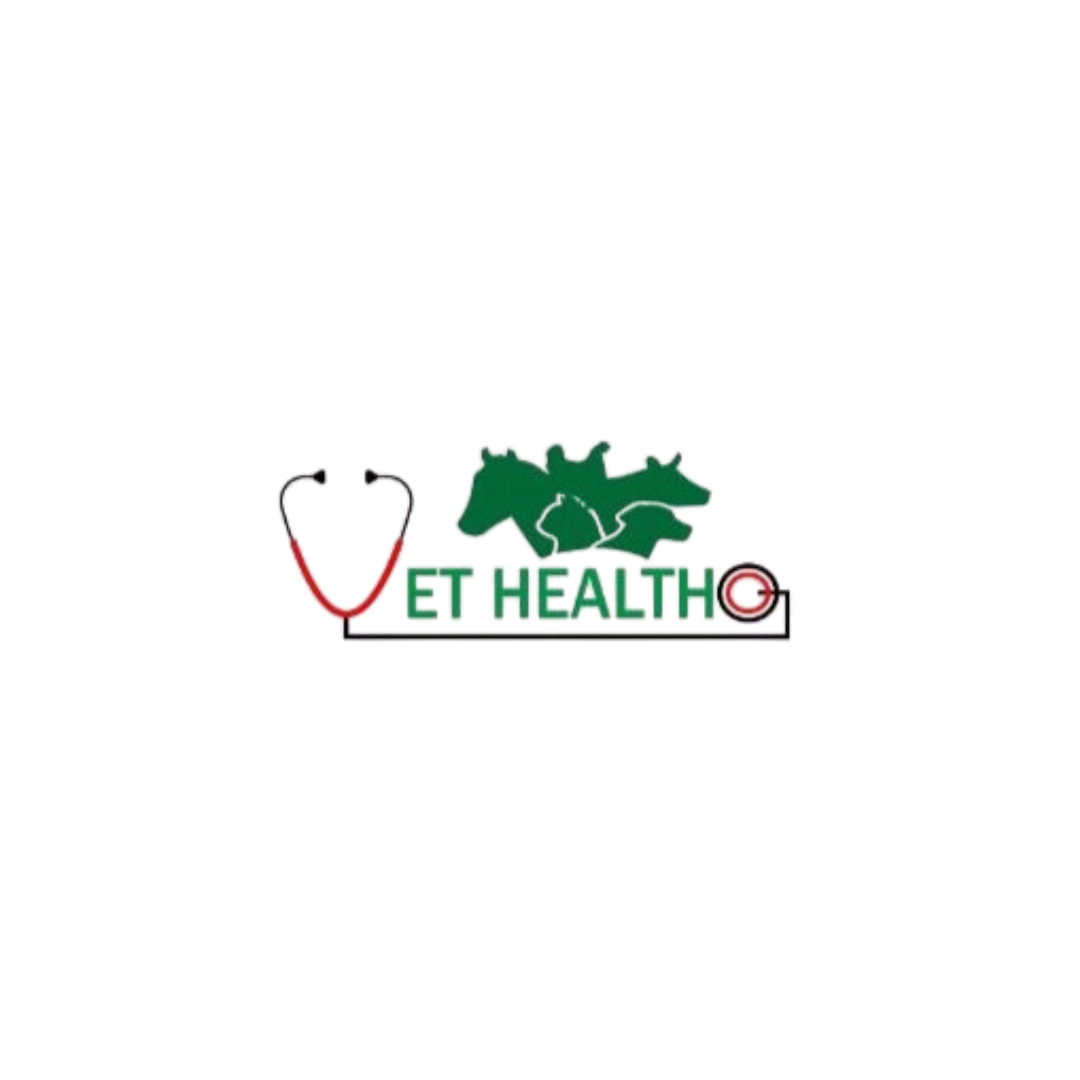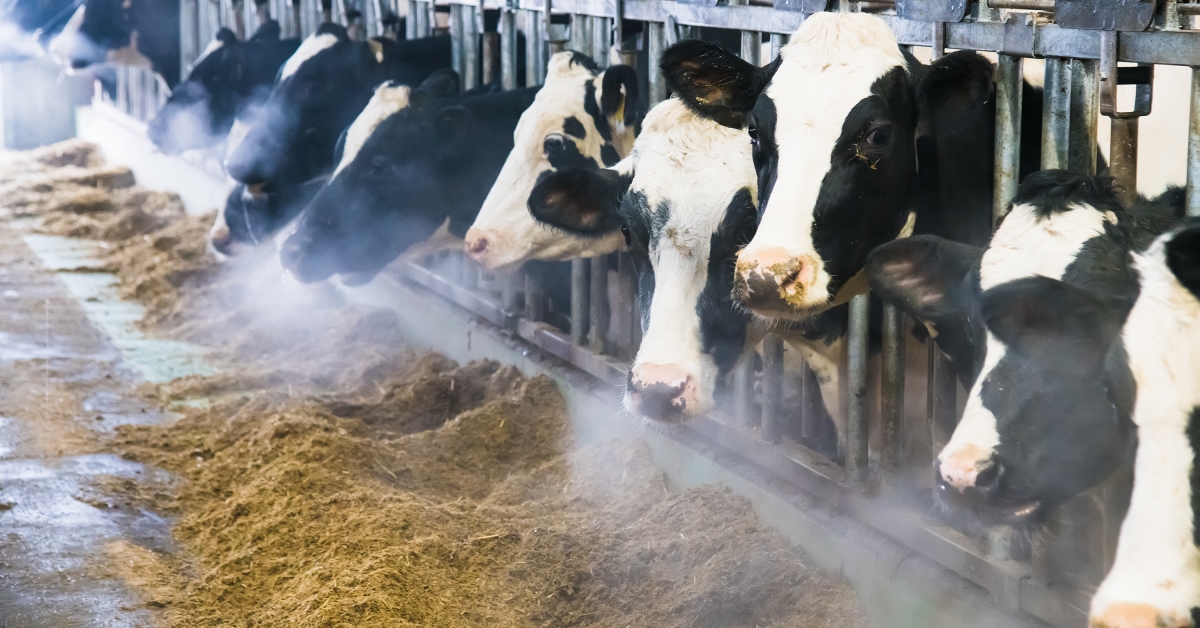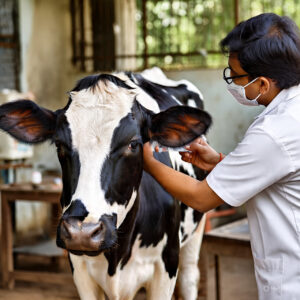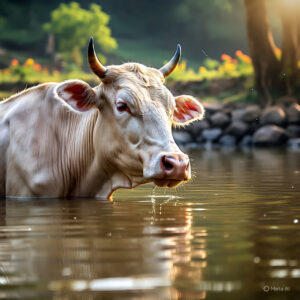Proper nutrition is the cornerstone of cattle health and productivity. Changing seasons bring different challenges, making it essential for farmers to adapt their feeding strategies to the climate. Below are detailed summer and winter feeding tips for cattle to ensure year-round health, better milk yield, and overall well-being.
“Following proper summer and winter feeding tips for cattle ensures year-round health and reduces disease risks.”
☀️ Summer Feeding Tips for Cattle
1. Ensure Adequate Water Supply:
Summer heat increases the risk of dehydration. Always provide clean, cool water. A cow may need up to 100 liters per day during peak summer.
2. Offer Shade and Cooling:
Reduce heat stress by providing shade under trees or sheds. Use fans or mist sprayers for dairy barns if possible.
3. Adjust the Diet for Heat Tolerance:
Include easily digestible roughage and reduce grain-based feeds that increase body heat. Add more green fodder like maize, sorghum, or napier grass.
4. Add Electrolytes and Minerals:
Heat causes loss of essential salts. Include salt licks or mineral mixtures that replenish electrolytes to support immunity and productivity.
5. Feeding Time Matters:
Avoid feeding during peak heat. Offer feed during cooler times like early morning and late evening to encourage intake.
6. Prevent Fungal Spoilage:
Store feed in a dry place. High humidity can spoil feed and cause digestive issues like bloating or diarrhea.
❄️ Winter Feeding Tips for Cattle
1. Increase Energy Intake:
Cattle need more calories in winter to maintain body heat. Incorporate high-energy grains such as corn and barley.
2. Provide Warm Water:
Ice-cold water reduces intake. Offer lukewarm water to encourage hydration during cold spells.
3. Use Dry Fodder with Supplements:
Straw and hay are commonly used, but supplement with molasses or urea-molasses-mineral blocks to improve palatability and energy levels.
4. Focus on Digestibility:
Digestive efficiency drops in winter. Provide high-quality silage and leguminous fodder like alfalfa or lucerne to improve nutrition.
5. Prevent Cold Stress in Calves:
Young animals are vulnerable. Provide insulated shelter and increase milk or milk replacer feeding frequency.
6. Watch for Respiratory Issues:
Cold, damp conditions can trigger pneumonia. Ensure dry bedding and clean enclosures to prevent infection.
“Every livestock farmer should be aware of basic summer and winter feeding tips for cattle to avoid seasonal stress.”
General Tips for All Seasons
- Provide mineral mixtures regularly to balance nutrient deficiency.
- Maintain hygiene around feed and water troughs.
- Adjust feeding time based on weather (cool mornings or warmer afternoons).
- Use silage and haylage to avoid nutritional gaps.
- Always consult a local vet or nutritionist for customized feed plans.
